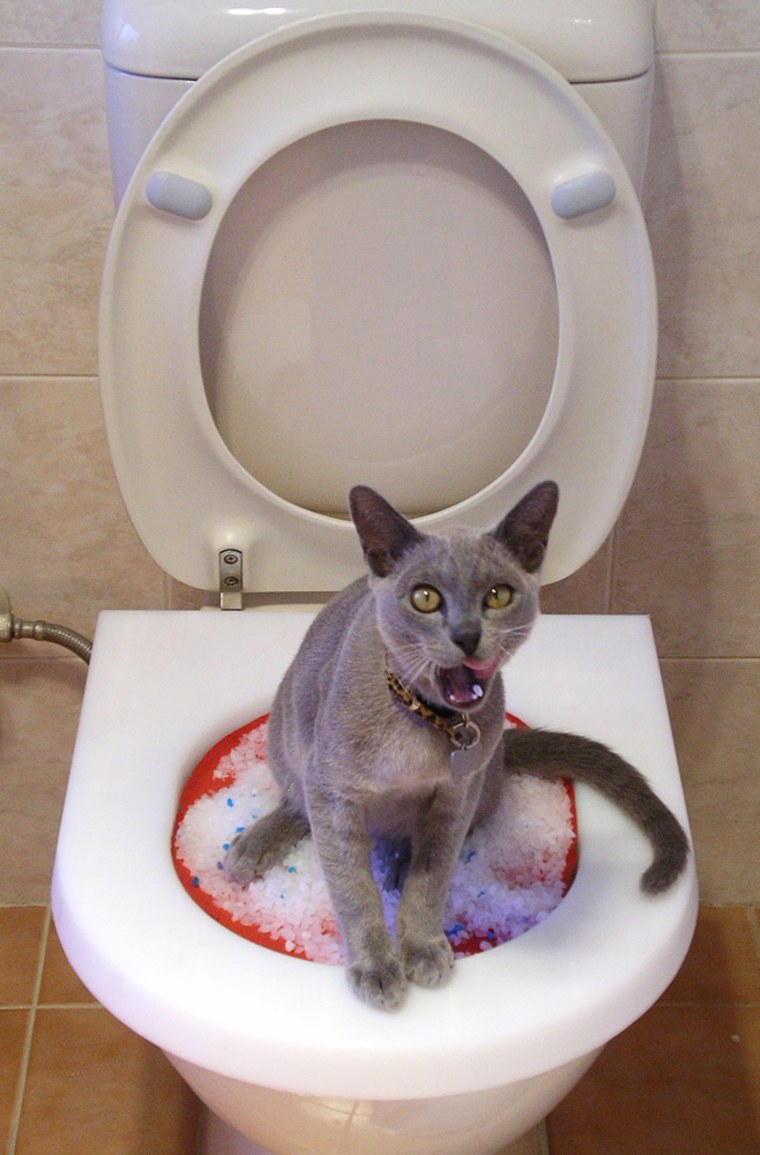Don't Flush Cat Poop Down Your Toilet - Maintain Your Home's Pipe System
Don't Flush Cat Poop Down Your Toilet - Maintain Your Home's Pipe System
Blog Article
They are making a few good observations regarding How to Dispose of Cat Poop and Litter Without Plastic Bags in general in this article on the next paragraphs.

Introduction
As pet cat owners, it's vital to be mindful of just how we get rid of our feline pals' waste. While it might seem hassle-free to flush feline poop down the toilet, this method can have detrimental repercussions for both the setting and human health.
Ecological Impact
Flushing feline poop presents damaging virus and parasites into the water, posing a considerable threat to aquatic environments. These contaminants can adversely affect aquatic life and concession water quality.
Health and wellness Risks
Along with environmental issues, purging cat waste can likewise pose health threats to humans. Feline feces might have Toxoplasma gondii, a parasite that can trigger toxoplasmosis-- a possibly severe disease, specifically for pregnant females and individuals with weakened body immune systems.
Alternatives to Flushing
The good news is, there are safer and a lot more liable ways to get rid of cat poop. Think about the adhering to choices:
1. Scoop and Dispose in Trash
One of the most common method of getting rid of feline poop is to scoop it right into an eco-friendly bag and toss it in the garbage. Make certain to make use of a committed litter scoop and deal with the waste quickly.
2. Use Biodegradable Litter
Choose biodegradable cat litter made from materials such as corn or wheat. These litters are eco-friendly and can be securely dealt with in the trash.
3. Bury in the Yard
If you have a backyard, take into consideration hiding feline waste in an assigned area away from veggie yards and water resources. Make sure to dig deep sufficient to avoid contamination of groundwater.
4. Install a Pet Waste Disposal System
Invest in a pet garbage disposal system especially created for feline waste. These systems use enzymes to break down the waste, reducing smell and ecological effect.
Final thought
Responsible pet possession prolongs beyond giving food and sanctuary-- it likewise involves correct waste administration. By refraining from purging pet cat poop down the bathroom and choosing alternative disposal approaches, we can reduce our environmental impact and safeguard human health.
Why Can’t I Flush Cat Poop?
It Spreads a Parasite
Cats are frequently infected with a parasite called toxoplasma gondii. The parasite causes an infection called toxoplasmosis. It is usually harmless to cats. The parasite only uses cat poop as a host for its eggs. Otherwise, the cat’s immune system usually keeps the infection at low enough levels to maintain its own health. But it does not stop the develop of eggs. These eggs are tiny and surprisingly tough. They may survive for a year before they begin to grow. But that’s the problem.
Our wastewater system is not designed to deal with toxoplasmosis eggs. Instead, most eggs will flush from your toilet into sewers and wastewater management plants. After the sewage is treated for many other harmful things in it, it is typically released into local rivers, lakes, or oceans. Here, the toxoplasmosis eggs can find new hosts, including starfish, crabs, otters, and many other wildlife. For many, this is a significant risk to their health. Toxoplasmosis can also end up infecting water sources that are important for agriculture, which means our deer, pigs, and sheep can get infected too.
Is There Risk to Humans?
There can be a risk to human life from flushing cat poop down the toilet. If you do so, the parasites from your cat’s poop can end up in shellfish, game animals, or livestock. If this meat is then served raw or undercooked, the people who eat it can get sick.
In fact, according to the CDC, 40 million people in the United States are infected with toxoplasma gondii. They get it from exposure to infected seafood, or from some kind of cat poop contamination, like drinking from a stream that is contaminated or touching anything that has come into contact with cat poop. That includes just cleaning a cat litter box.
Most people who get infected with these parasites will not develop any symptoms. However, for pregnant women or for those with compromised immune systems, the parasite can cause severe health problems.
How to Handle Cat Poop
The best way to handle cat poop is actually to clean the box more often. The eggs that the parasite sheds will not become active until one to five days after the cat poops. That means that if you clean daily, you’re much less likely to come into direct contact with infectious eggs.
That said, always dispose of cat poop in the garbage and not down the toilet. Wash your hands before and after you clean the litter box, and bring the bag of poop right outside to your garbage bins.
https://trenchlesssolutionsusa.com/why-cant-i-flush-cat-poop/

I ran across that post on Don’t flush cat feces down the toilet while looking around the internet. Feel free to take the time to distribute this write-up if you enjoyed reading it. Thank you for taking the time to read it.
Click Here Report this page